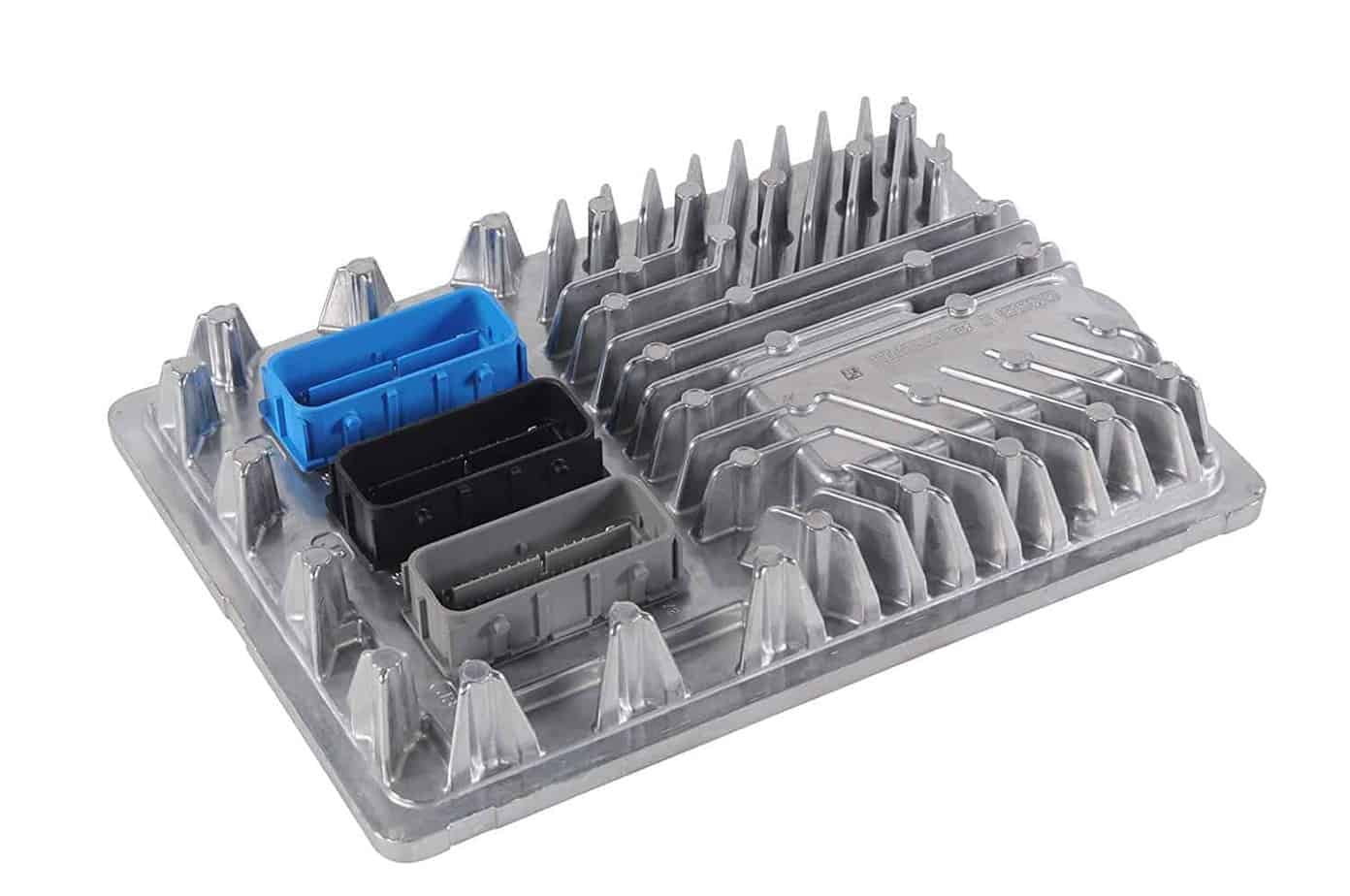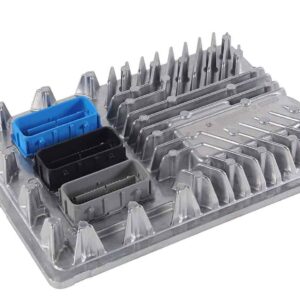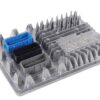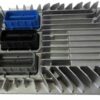Restore Peak Performance to Your GM Vehicle
Is your Cadillac, Chevy, or GMC truck suffering from baffling issues like stalling, erratic shifting, poor fuel economy, or a persistent Check Engine Light? Before you spend a fortune at the dealership, consider the heart of your engine’s management system: the Engine Control Module (ECM). As a technician with over two decades of experience, I’ve seen firsthand how a failing ECM can mimic a dozen other problems. This isn’t just a part; it’s the solution to restoring your vehicle’s factory-spec performance and reliability.
We simplify the repair process. This genuine GM Engine Control Module is professionally programmed with the latest official software updates specifically for your vehicle. All we need is your Vehicle Identification Number (VIN) at checkout. This critical step ensures that when the part arrives, it’s ready to communicate with your vehicle’s specific systems, saving you the time, cost, and hassle of a dealership programming appointment. This is the smart, efficient way to tackle a complex repair.
From the Diagnostic Bay: The Intermittent No-Start Nightmare
A 2017 Cadillac CTS was towed to my shop with an issue that had stumped two other mechanics. The owner said it would randomly refuse to start, with no crank and no communication with the scan tool. Other times, it ran perfectly. After ruling out the battery, starter, and wiring, I focused on the ECM. By monitoring data streams during a ‘good’ cycle, I noticed voltage to the ECM processor was fluctuating slightly. On these complex modern vehicles, that’s enough to cause a total system shutdown. We replaced it with a VIN-programmed module like this one, performed the security relearn, and the problem was solved for good. It’s a classic case where the ‘brain’ itself was the intermittent fault.
Is Your Vehicle Showing These Signs of ECM Failure?
- ✔ Persistent Check Engine Light (CEL) with codes like P0601, P0606, or other communication faults.
- ✔ The engine cranks but refuses to start.
- ✔ Unexplained stalling or rough idling, especially when warm.
- ✔ Noticeable decrease in fuel efficiency.
- ✔ Harsh or erratic automatic transmission shifting.
- ✔ Loss of power and poor acceleration.
- ✔ Communication errors with diagnostic scan tools.
A Straightforward Guide to Your ECM Installation
Replacing your 2017 CTS Engine Control Module is a manageable job for a confident DIYer or any professional technician. Following these steps will ensure a smooth process.
- Safety First: Always disconnect the negative terminal from your vehicle’s battery and secure it away from the post to prevent any accidental reconnection.
- Locate the ECM: On most listed vehicles, the ECM is found in the engine compartment (e.g., driver’s side front) or under the cowl. Consult a vehicle-specific repair guide if you’re unsure of the exact location.
- Disconnect and Remove: Carefully unplug the wiring harness connectors. They have locking tabs that need to be released. Once disconnected, unbolt the old module from its mounting bracket and remove it from the vehicle.
- Install the New Module: Mount your new, pre-programmed ECM onto the bracket and secure the bolts. Reconnect the wiring harnesses, making sure each plug clicks firmly into place.
- Reconnect Power: Reattach the negative battery terminal and tighten it securely.
- Perform Relearn Procedures: This is the most critical step. If the vehicle does not start, you must perform the Vehicle Theft Deterrent System relearn using a compatible GM diagnostic tool (like Tis2web/Techline Connect). Other procedures, such as a Crankshaft Variation Relearn, may also be required to clear certain codes and ensure optimal performance. This is the responsibility of the installer.
Will This Fit My Vehicle?
This module is a direct-fit replacement for the following vehicles and part numbers. Please verify your original part number or contact us with your VIN to confirm compatibility.
Replaces Part Numbers: 12692068, 12704476, 12686382, 12674052, 12674472, 12678815
- Cadillac ATS (2017): 3.6L, VIN Y (opt LF4)
- Cadillac CTS (2017): 6.2L (supercharged) or 3.6L, VIN 8 (opt LF3, twin turbo)
- Cadillac Escalade / ESV (2017): Engine Compartment Mount
- Cadillac XTS (2017): 3.6L, VIN 8 (opt LF3)
- Chevrolet Corvette (2017): RH Cowl Under Dash Mount
- Chevrolet Silverado 1500 (2016-2018)
- Chevrolet Suburban 1500 (2017)
- Chevrolet Tahoe (2017)
- GMC Sierra 1500 / Denali 1500 (2016-2018)
- GMC Yukon / Yukon XL 1500 (2017)
Why do you need my VIN?
Why do you need my VIN?
Your Vehicle Identification Number (VIN) allows us to load the exact, correct GM software calibration for your car’s specific engine, transmission, and options. This ensures the module works perfectly right out of the box, avoiding compatibility issues.
Is programming really included?
Yes. We program the module with the latest GM updates using your VIN before we ship it to you. This service is included in the price.
What is a ‘theft relearn’ and why do I need to do it?
The theft relearn is a security procedure that syncs the new ECM to your vehicle’s ignition key and security system. Without this handshake, the vehicle assumes it’s being stolen and will not start. This procedure requires a professional scan tool with GM software access (like Techline Connect).
Will this fix my check engine light?
If the check engine light is caused by an internal ECM failure (common codes P0601-P0606), then yes, this part will resolve the issue. However, you should always perform a complete diagnosis to ensure the code isn’t being caused by a different faulty sensor or wiring issue.
Can I install this myself?
A mechanically inclined individual can physically swap the module. However, the final installation step requires access to a professional-level GM diagnostic tool to perform the security relearn. We recommend installation by a qualified professional mechanic or a DIYer with the proper equipment.
Are other relearns necessary?
Sometimes. Depending on your vehicle and any stored codes, a Crankshaft Position Variation Relearn or other setup procedures may be needed after installation to ensure smooth operation and clear all fault codes. This is standard procedure when replacing an ECM.



